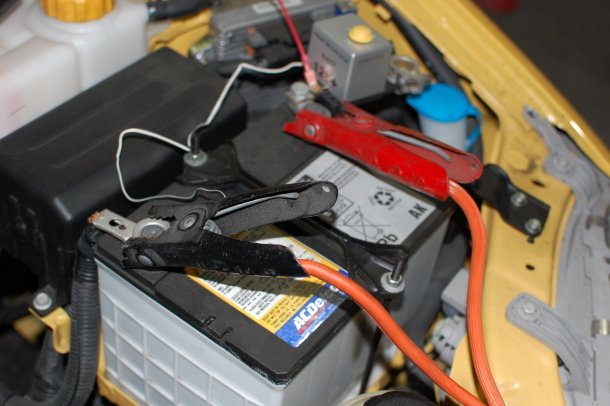Hello. Thanks for the donation. Much appreciated
SBEC-II CONTROLLED IGNITION SYSTEM
The Cherokee, Comanche, and Wrangler 2.5L or 4.0L engines use a Single Board Engine Controller-II (SBEC-II) based ignition system. Base ignition timing is NOT adjustable with this system. The SBEC-II controlled ignition system consists of coolant temperature sensor, crankshaft position sensor, distributor (includes rotor and synchronization sensor), ignition coil, manifold absolute pressure sensor, Single Board Engine Controller-II, and throttle position sensor
Distributor
Distributor consists of cap, rotor, and synchronization signal generator. The distributor does not have built-in centrifugal or vacuum advance mechanisms to advance ignition timing. Ignition timing advance is electronically controlled by the engine controller. See SYNCHRONIZATION SIGNAL GENERATOR under INPUT DEVICES.
Ignition Coil
The ignition coil is constructed of epoxy-embedded windings and is not oil filled. Battery voltage is supplied to the ignition coil positive terminal. The engine controller receives inputs from the appropriate sensors. Based on these inputs, it then determines the proper ignition timing and interrupts the ignition coil ground signal to trigger secondary voltage of the ignition coil.
Single Board Engine Controller-II
The engine controller opens and closes the ignition coil ground circuit to adjust ignition timing according to engine operating conditions. The amount of electronic spark advance provided by the engine controller is determined by coolant temperature sensor, crankshaft position sensor (engine RPM), manifold absolute pressure sensor and throttle position sensor inputs. See COMPUTERIZED ENGINE CONTROLS for additional information.
Coolant Temperature Sensor
The coolant temperature sensor is mounted on top of engine, next to thermostat housing. It provides an analog signal to the engine controller that is used to calculate injector pulse width and ignition timing when engine is cold. Input from the coolant temperature sensor will also affect Automatic Idle Speed (AIS) motor position and spark advance operation.
Crankshaft Position Sensor
The Hall Effect type crankshaft position sensor is mounted on transaxle bellhousing. The sensor reads slots (4 per cylinder) on flywheel/flex plate. The signal generated provides engine speed and crankshaft position information to engine controller. The engine controller uses this information to determine proper fuel injection and ignition timing.
When a flywheel/flex plate slot passes the crankshaft position sensor magnet, output voltage of the Hall Effect sensor goes high (5 volts). When the metal between the slots is aligned with sensor, output voltage goes low (.3 volts).
This high/low voltage signal is generated and sent to engine controller each time one of the slots passes the crankshaft position sensor. The engine controller uses this information to determine when to energize the injectors for fuel delivery to the proper cylinders.
Ignition Circuit
When ignition key is turned to the ON position, the engine controller receives a signal that the ignition circuit has been activated. The engine controller will start looking at the input signals.
Manifold Absolute Pressure (MAP) Sensor
The MAP sensor is mounted on engine compartment firewall. The MAP sensor is used by engine controller to calibrate amount of air/fuel mixture supplied to the engine. This sensor measures manifold absolute pressure and ambient barometric pressure when ignition switch is first turned on, during engine cranking, and at wide open throttle.
The MAP sensor transmits a low voltage signal (1.5-2.1 volts) at idle when manifold vacuum is high, and a higher voltage signal (3.9-4.8 volts) during open throttle when manifold vacuum is low.
Input voltage (from the engine controller) to MAP sensor ranges from 4.8-5.1 volts. Adjustments made as a result of this input will usually affect injector pulse width, ignition timing, idle speed and upshift indicator light.
Wednesday, September 29th, 2010 AT 7:54 PM



